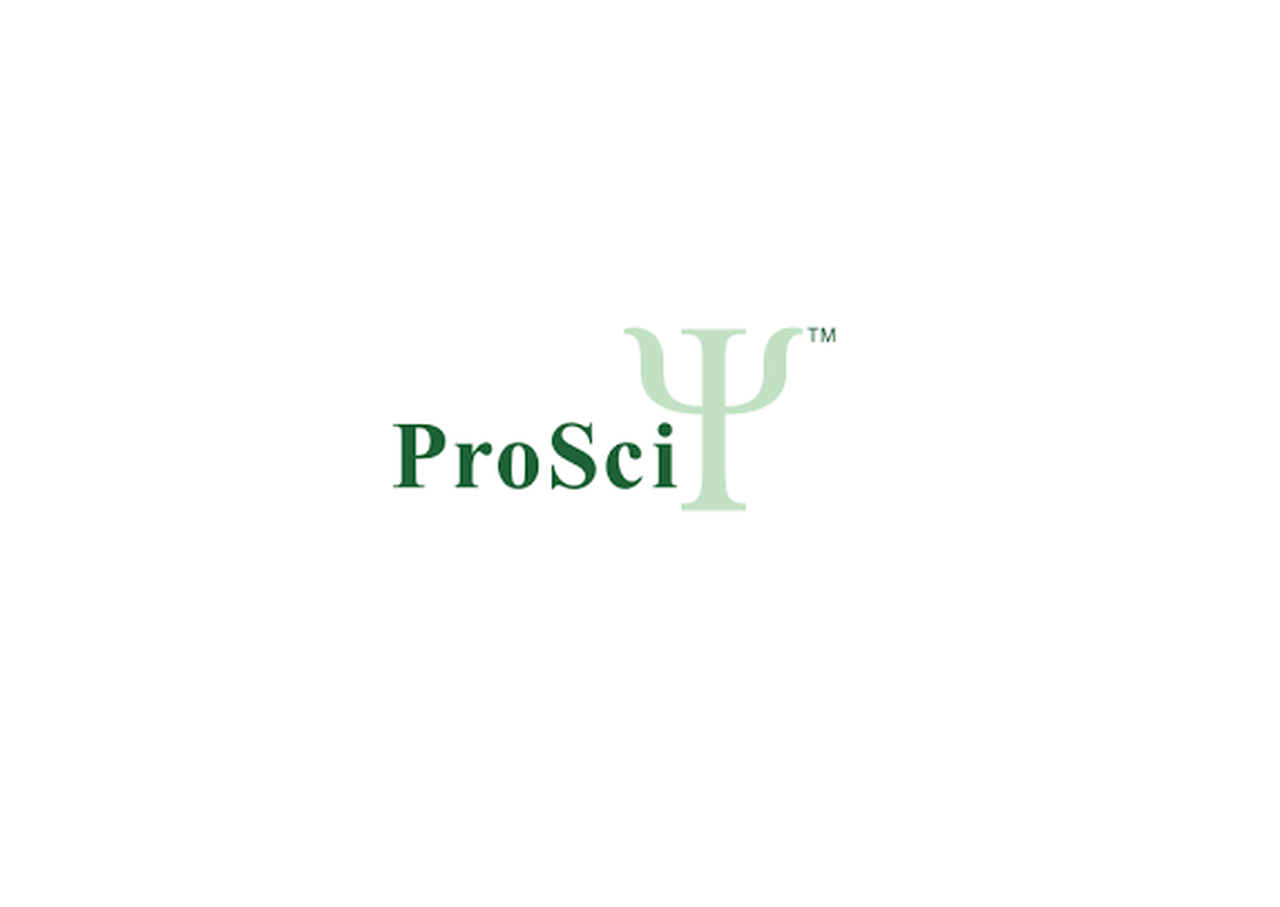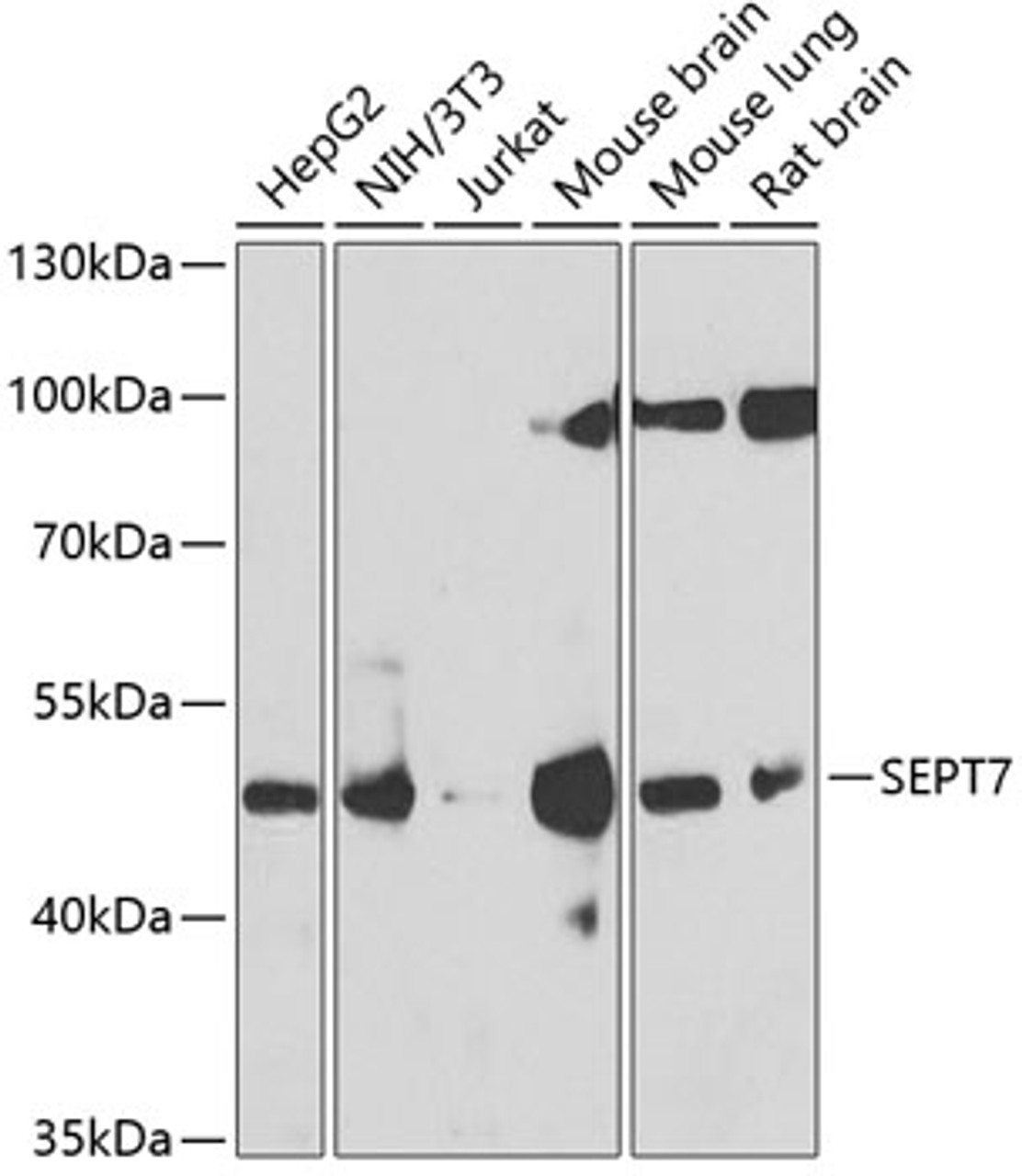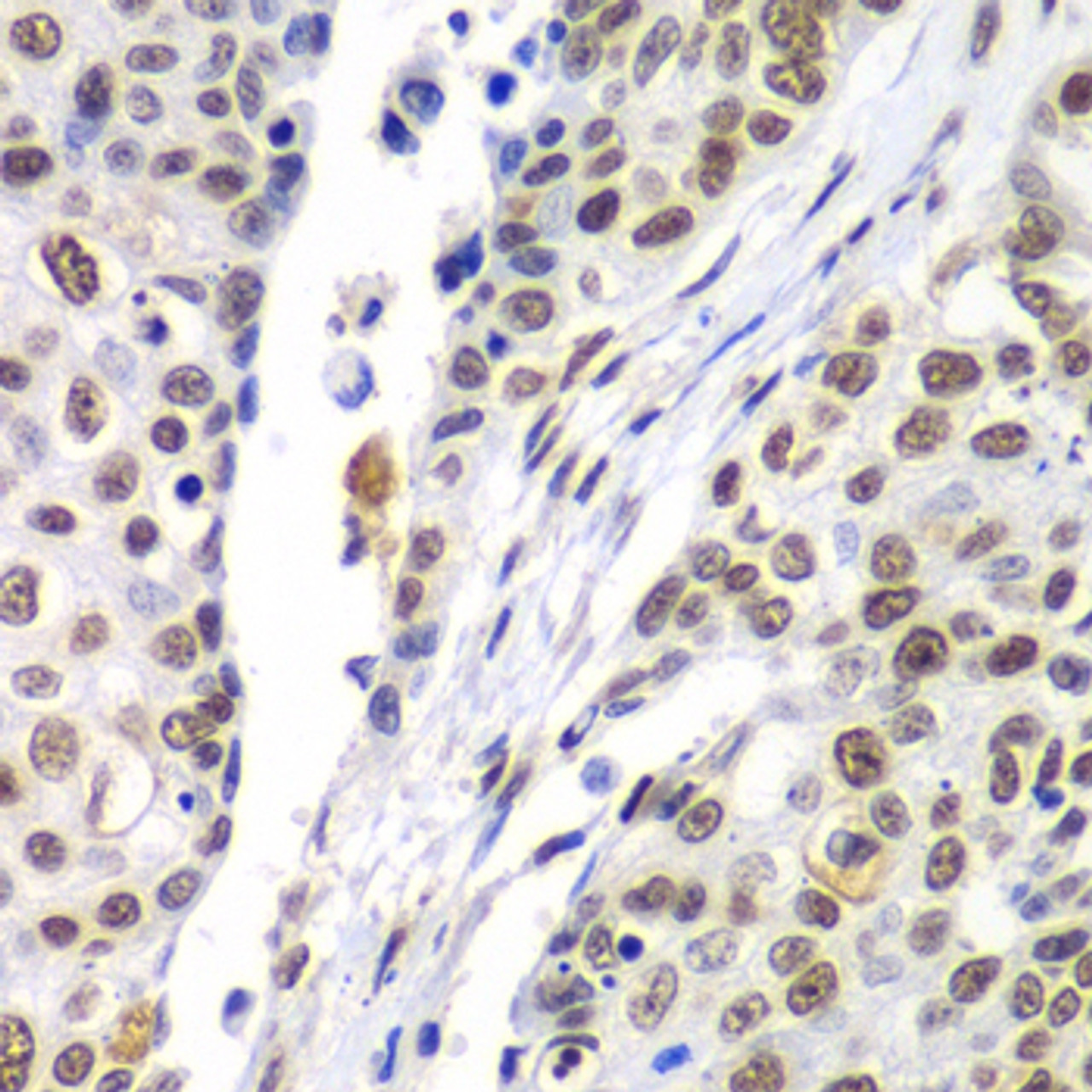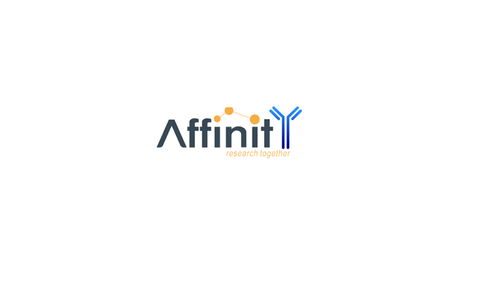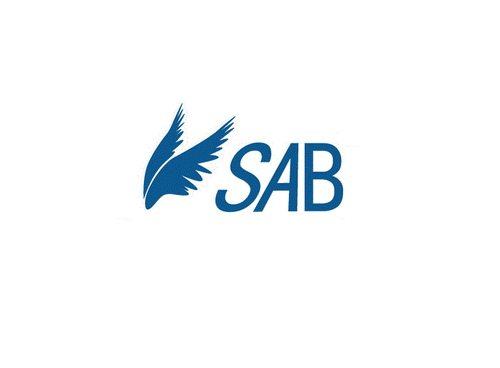Product Description
SEPT7 Antibody | 22-529 | ProSci
Host: Rabbit
Reactivity: Human, Mouse, Rat
Homology: N/A
Immunogen: Recombinant fusion protein containing a sequence corresponding to amino acids 307-436 of human SEPT7 (NP_001011553.2) .
Research Area: Cell Cycle, Chemokines & Cytokines, Immunology
Tested Application: WB, IHC, IF
Application: WB: 1:500 - 1:2000
IHC: 1:50 - 1:200
IF: 1:50 - 1:100
Specificiy: N/A
Positive Control 1: HepG2
Positive Control 2: NIH/3T3
Positive Control 3: Jurkat
Positive Control 4: Mouse brain
Positive Control 5: Mouse lung
Positive Control 6: Rat brain
Molecular Weight: Observed: 51kDa
Validation: N/A
Isoform: N/A
Purification: Affinity purification
Clonality: Polyclonal
Clone: N/A
Isotype: IgG
Conjugate: Unconjugated
Physical State: Liquid
Buffer: PBS with 0.02% sodium azide, 50% glycerol, pH7.3.
Concentration: N/A
Storage Condition: Store at -20˚C. Avoid freeze / thaw cycles.
Alternate Name: SEPT7, septin 7, CDC10, CDC3, Nbla02942, SEPT7A, CDC10 (cell division cycle 10, S. cerevisiae, homolog) , CDC10 cell division cycle 10 homolog, cell division cycle 10
User Note: Optimal dilutions for each application to be determined by the researcher.
BACKGROUND: This gene encodes a protein that is highly similar to the CDC10 protein of Saccharomyces cerevisiae. The protein also shares similarity with Diff 6 of Drosophila and with H5 of mouse. Each of these similar proteins, including the yeast CDC10, contains a GTP-binding motif. The yeast CDC10 protein is a structural component of the 10 nm filament which lies inside the cytoplasmic membrane and is essential for cytokinesis. This human protein functions in gliomagenesis and in the suppression of glioma cell growth, and it is required for the association of centromere-associated protein E with the kinetochore. Alternative splicing results in multiple transcript variants. Several related pseudogenes have been identified on chromosomes 5, 7, 9, 10, 11, 14, 17 and 19.
 Euro
Euro
 USD
USD
 British Pound
British Pound
 NULL
NULL

